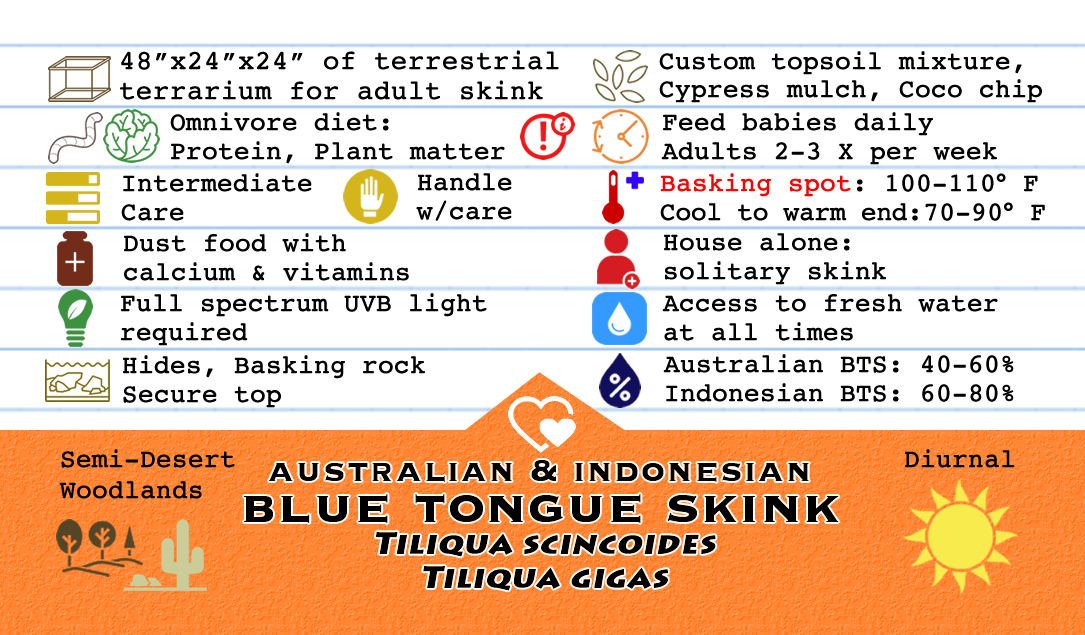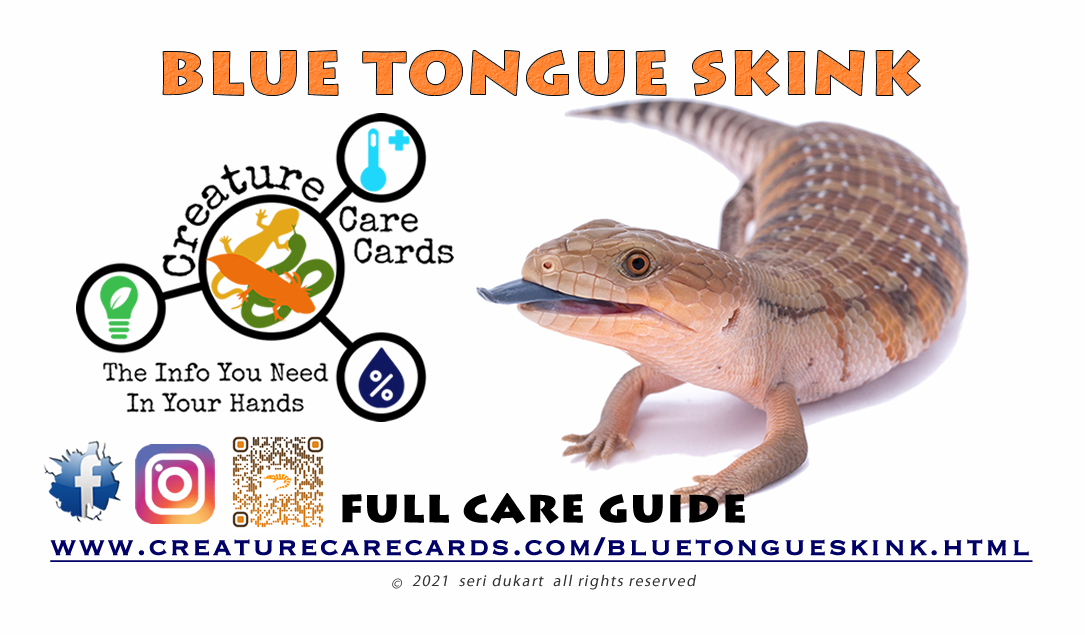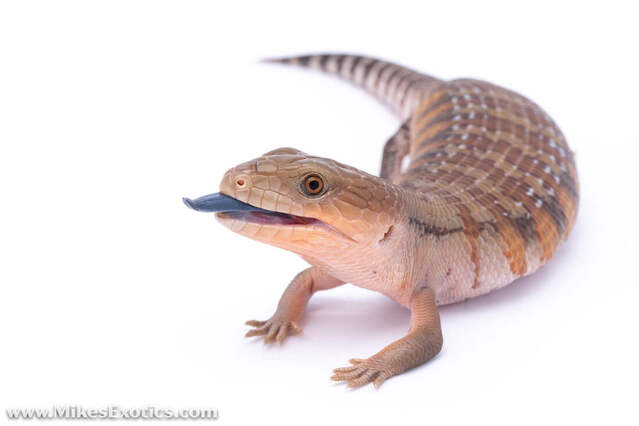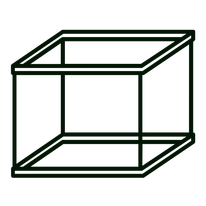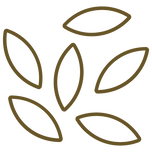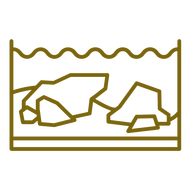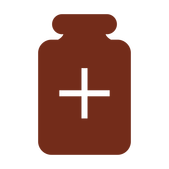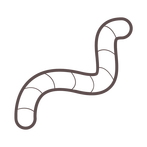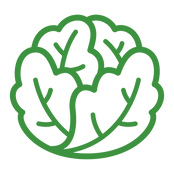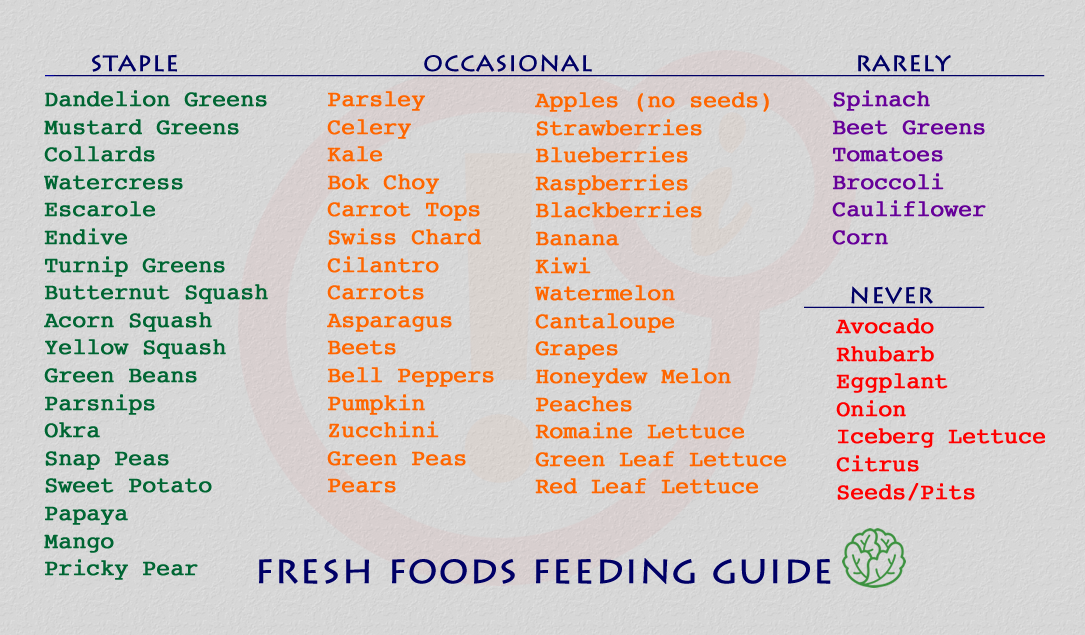Tiliqua scincoides - Australian Blue Tongue Skinks
Tiliqua gigas - Indonesian Blue Tongue Skinks
Blue Tongue Skinks are a medium sized lizard that come from either Australia (Tiliqua scincoides) or from Indonesia (Tiliqua gigas). There are many sub-species of this lizard, but they require much the same care with a few exceptions. They differ in color and size, but all have smooth, shiny scales and a bright blue tongues. They are diurnal and ovoviviparous, meaning they give birth to live young. They can be on the more aggressive side if not captive bred and handled from youth, so for that reason are considered a more intermediate pet.
|
Bring Home Your New Pet
When you bring your new skink home, you should already have a quarantine tank set up and ready to go. Place fresh water in a bowl in the tank, mist the tank and offer food, but be aware it is completely normal for them to refuse food for the first couple days, or even longer. You should keep this new pet separate from any other pets you may have for 90 days, to ensure there is nothing it could spread to your other animals. Monitor its eating and fecals as they may be strange for up to a couple weeks, but this is due to a new diet, supplements, and environment. It is recommended you do not handle your new gecko for the first 24-48 hours and keeping it to a minimum until it has started eating on its own. Always keep in mind, your new animal is in a new tank, with new decor/dishes/hides, and new faces watching them. They need time to become acclimated to it all. After this quarantine process, they can be safely introduced to their permanent enclosure if it's not already. Be sure to wash your hands before handling any other pets during this time. |
|
Enclosure Blue tongue skinks need quite a bit of space as adults. Glass aquariums and terrariums are most common enclosures, but custom sealed wooden or PVC enclosures work great as well for the species that require dryer habitats. Babies can be housed in 20-40 gallon tanks, but will need more space as they grow, so this is just temporary. Be sure to plan ahead and have space and funds to provide a bigger enclosure as they grow. Adult skinks need a minimum of a 75-120 gallon tank or 48" x 24" x 24". Front opening enclosures work best as your skink may feel threatened by being approached from above. We highly recommend Zen Habitat PVC enclosures! |
|
Substrate
Blue tongue skinks love to burrow, and need a substrate that allows for this so they feel secure. Different species require different substrates depending on the humidity needs for your particular species of skink. Be sure the substrate you choose is 4-6" deep to allow for proper burrowing. Australian species need a drier substrate while Indonesian species need humid substrates. An arid custom topsoil mixture of 1/3 organic topsoil + 1/3 coconut fiber + 1/3 play sand for Australian species is best. For Indonesian species, a humid custom mix of 1/3 organic topsoil + 1/3 coconut fiber + 1/3 cypress mulch is ideal. Cypress mulch and coco chip can also be used, but custom mixtures will provide your skink with the best humidity control. Do not use cedar, pine or fir wood products of any kind. |
|
Heating
Blue tongue skinks are cold blooded, so they rely on their environment to regulate body temperature. It is important that the temperature be between 100-110 degrees F on one side of the tank, while the other side of the tank should range between 70-90 degrees so your skink can thermoregulate by moving from one side of the tank to the other. Basking Spots: Northerns: 105-115 degrees F Others: 100-105 degrees F Basking spots are necessary for skinks. A deep dome light fixture with a high watt heat bulb is recommended. Place a large flat rock below the light for them to rest on and bask. Ceramic heat emitter bulbs provide heat without light and can be used to keep temperatures up in the winter months or cold nights, but a temperature dip at night is just fine as long as it is not under 65°. Place all lights on a timer. DO NOT USE HEAT ROCKS. They are dangerous and can burn your skink.
|
|
Lighting
Blue Tongue Skinks require full spectrum UVB lighting for 12-14 hours a day. Reptisun 10.0 T5 or T8 and Arcadia 12% tubes are known to provide some of the best full UVB for your skinks. Screen tops can filter some of this vital light, and the bulbs only last about 6 months before they need to be replaced as they become less efficient over time. If possible, your skink should be able to get within 10" of the light to receive the best benefits. Be sure to have lights on a natural day and night lighting cycle - timers work great for this! |
|
Humidity and Shedding
Humidity levels vary depending on the exact sub-species of skink you have. In general, humidity levels should be between 40-60% for Australian species and 60-80% for Indonesian species. Halamheras in particular require very high humidity. PLEASE FURTHER RESEARCH YOUR SPECIES TO BE SURE YOU ARE GIVING YOUR SKINK THE HUMIDITY LEVELS IT NEEDS! This is a quick guide: Northern blue tongue skink: 40-60% Indonesian blue tongue skink: 60-8% Halamhara blue tongue skink: 80-100% Merauke blue tongue skink: 60-80% Irian Jaya blue tongue skink: 60-80% Misting until the humidity is the level needed is a good, easy way to keep the environment humid for your skink. Ventilation is important when measuring humidity. If you need to adjust the moisture level in the enclosure, increasing the amount of ventilation will decrease the humidity and vice versa. Skinks shed scales, not pieces of skin like other reptiles or snakes. Keep on eye on your skink to be sure they are shedding. Dry, rough bellies or stuck scales is a sign of humidity issues. |
|
Feeding Blue tongue skinks are omnivorous, meaning they eat both insects/meat and plant matter. One of the most difficult part of owning a skink is understanding their dietary needs. This is a very basic guide - further research is recommended. Crickets, dubia roaches and hornworms are a great insect diet, with superworms, mealworms, butterworms and waxworms as additional treat choices. Be sure the insects you offer are no bigger than the space between your skink's eyes. Insects should be dusted with calcium and vitamin powder at least 3 times a week. Be sure to remove uneaten insects. Blue tongue skinks also need additional proteins in their diet.
Many keepers also offer a high quality, all-meat wet or moistened cat or dog food. Canned slugs and fresh or canned snails and earthworms are a favorite of many skinks as well. Reptilinks and commercial grub diets are another option. Baby skinks need to be fed daily as they grow. Juveniles can be fed every other day and adults can be fed 1-2 times per week. A varied diet is important. For the plant portion of their diet, items in green can be fed as a staple. Items in orange should be offered as a treat. Items in purple and red are either not recommended or should be avoided completely. A good ratio of foods is 50/40/10 with 50% veggies and green, 40% meat/protein and 10% fruits. Babies and juveniles need more protein - offer 75% of their diets meat and insects until 2 years of age. |
|
Handling
Captive bred blue tongue skinks are usually very docile and easy to handle. Avoid wild caught animals. If your skink is not already tame, you will need to be patient and work with them slowly to gain their trust. Babies can be quick, but by working with them and getting them used to being handled, they make wonderful pets as adults. They cannot climb well, so sitting on the floor and holding your skink in your lap and letting them explore around you is the best way to handle them. Pick them up by supporting their entire body under your hands. They have very long bodies and it is important to support as much of the body as possible. Talk to your skink! They will remember the sound of your voice and get used to it. |
|
Important Information
Blue tongue skinks, especially once they reach adulthood, may brumate during the colder months. Brumation is a form of hibernation. Your skink may sleep for days and stop eating. This is completely normal, and there is nothing you can do to stop it. However, be sure to observe your skink closely for signs of dehydration and other health issues. Improper temperatures, lighting and diet can also cause lethargy. If your care is correct and your skink is slowing down, it is likely brumating. |
|
Shopping List
*optional |
|
www.bluetongueskinks.net is an excellent source for further, in depth research on the various types of skinks! |
